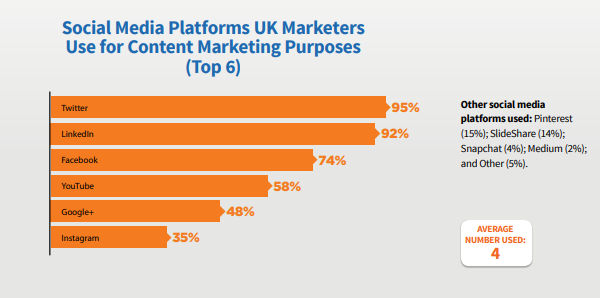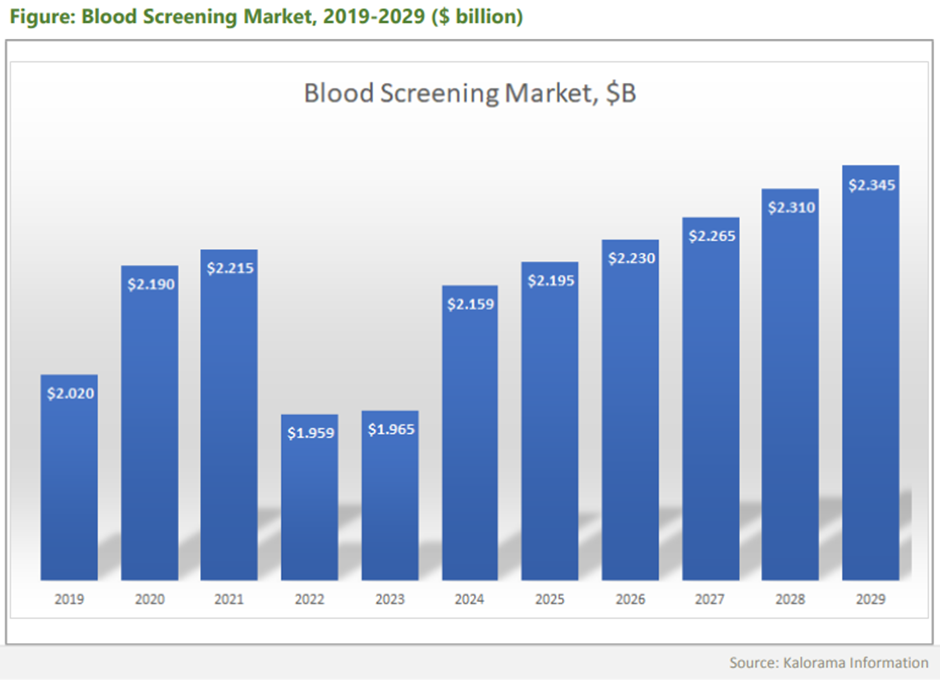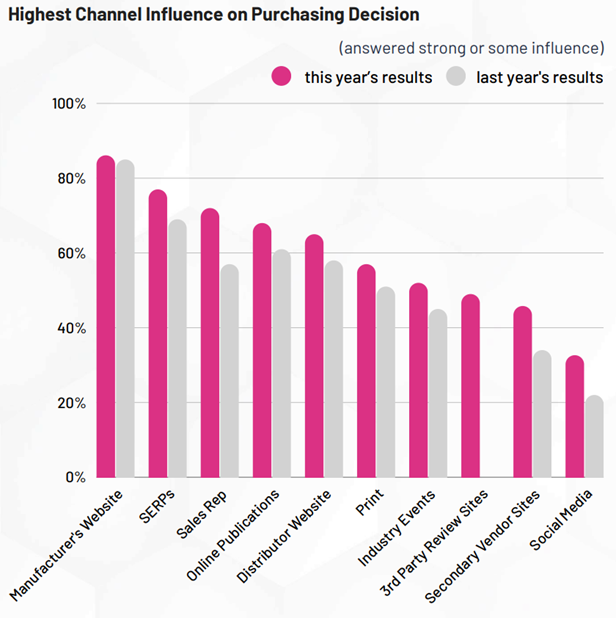Twitter - is it worth investing your time?
On its home page, twitter declares: “Connect with your friends — and other fascinating people. Get in-the-moment updates on the things that interest you.” If twitter users simply connect with friends and those who share the same interests, why are b2b businesses increasingly turning to twitter as part of their marketing strategy?
If a b2b business is looking to expand its online presence and build its own direct audience, then twitter could be an important part of the jigsaw. It allows companies to reach potential customers in geographies that extend far beyond the reach of standard marketing activities. Twitter can help to establish your brand as a trusted source through activities as simple as engaging with other users.
According to the Content Marketing Institute’s 2018 report, twitter has overtaken LinkedIn as the top platform used by marketers for sharing relevant and valuable content.

For a marketer, the conundrum is this: if you know your audience (who and where they are) then communicating with them through email is a relatively simple process. Taking people through the journey from being a simple contact to becoming a customer and then an advocate is more about the quality of content that you, as a marketer, are producing. But if you don’t know where or who your customers are, then email is highly ineffective – like trying to pin the tail on the donkey whilst blindfolded.
As a social media platform, twitter is one of the weapons in a content marketer’s armoury that enables them to simply, but effectively, target large volumes of people who share a common interest. Creating an engaging twitter content plan helps to feed the sales funnel by capturing those people who are interested in your specific messaging and directing them to the place where they can get more targeted and useful content – your website.
With that in mind here are our top tips for a successful b2b twitter presence:
- Set clear objectives – set measurable and achievable goals for your twitter activity, both organic and paid for.
- Frequency of tweeting – you should be aiming for at least 7-10 times per week with relevant, quality and shareable content.
- Use visual content – infographics and images are shared much more frequently than text based tweets and often say more than you can in 140 characters.
- Effective use of hashtags – aim for no more than 2 per tweet and investigate those that have the highest level of engagement (with tools like hashtagify.me).
- Engage with replies/retweets/tags – this will encourage more follows but also builds trust in your brand as a legitimate twitter resource.
- Edit your profile – make sure your profile on twitter conveys the personality of the brand and isn’t too formal or corporate. Use graphics to make it eye-catching and don’t be afraid to change it regularly.
- Grow your list of followers – start by looking to people you know are relevant and follow them and then search for biographies that include your keywords.
- Make twitter part of your inbound strategy – create tweets at the same time as creating other, related, content such as blogs, new email campaigns or high value content that will be available on your website.
- Analyse your tweets – use the analytics built into twitter to see what is working for you and then do more of it.
- Use twitter to engage around events – twitter is a great medium for engaging with a wider audience around specific events, shows and conferences. Use it to draw people to your booth, use relevant hashtags and even conduct at show surveys.
By following some or all of these simple rules, twitter has the potential to become one of your most cost effective marketing tools. Twitter has created a B2B Best Practices ebook on the subject that can help to shine more light on the key aspects of b2b marketing through twitter. But our advice is to try it as part of your marketing strategy or come and speak to us for a comprehensive social media strategy to support your business.
Get in touch with us at business@scottpr.com or 01477 539 539 to find out more.






